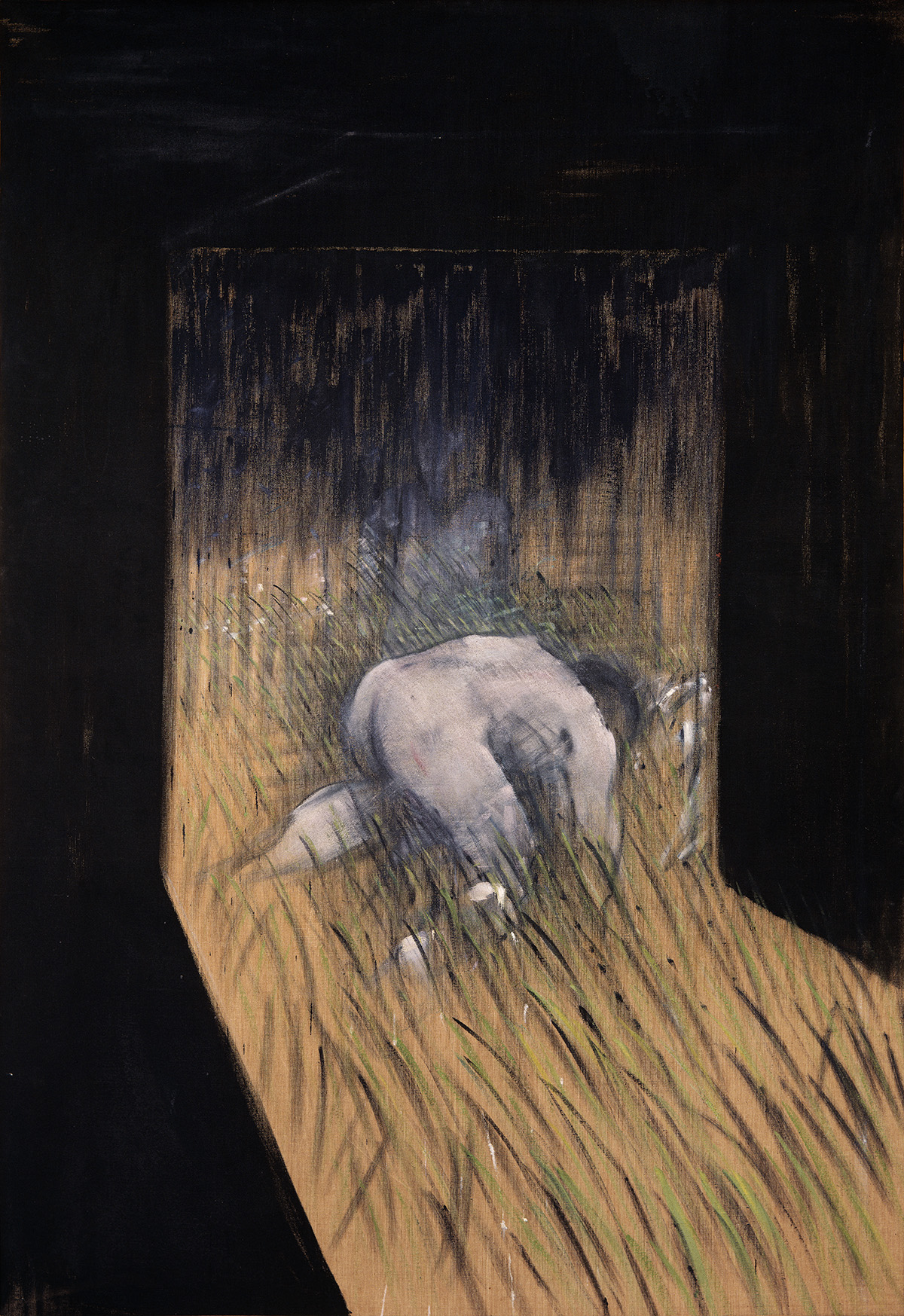
Francis Bacon: Man and Beast is an exhibition currently showing at the Royal Academy of Arts in London. The powerful exhibition explores Bacon’s unerring fascination with animals; how it shaped his approach and distorted it, blurring the line between human and non-human.
The exhibition will look at Bacon’s interest in animal movement, observing animals in the wild during trips to South Africa, filling his studio with wildlife books, and constantly referring to Eadweard Muybridge’s 19th-century photographs of humans and animals in motion.
South Africa
In 1951 and 1952 Bacon sailed out to South Africa where his mother had moved after his father’s death. During both visits, the artist was struck by the sight of wild animals moving through the long grass, a sensation he conjured up in several canvases of 1952, notably Study of a Figure in a Landscape, 1952.
Bacon had been transfixed by the sight of eland and baboons moving about the bushy plains of Northern
Transvaal, and the grasslands of the veldt were transposed into many of his paintings in 1952. Man Kneeling in Grass, 1952 (pictured above) was one of his earliest conflations of man and animal. The pose of the figure probably relied partly on Eadweard Muybridge’s sequence of a striding baboon.
Excerpt: Martin Harrison, Francis Bacon: Catalogue Raisonné (London: The Estate of Francis Bacon Publishing, 2016 p. 278).
Eadweard Muybridge’s influence
Bacon had also begun to tackle the nude in a more forthright manner. He painted Two Figures, 1953, and in the following year Two Figures in the Grass, 1954. The coupled male nudes from both works are derived from Eadweard Muybridge’s, The Human Figure in Motion, 1901, a volume of sequential photographs of the body in action. The Human Figure in Motion became an indispensable visual dictionary for Bacon. Its companion volume, Animals in Motion, 1899 provided visual templates for his paintings of dogs, such as Dog, 1952.
Whether chimpanzees, bulls, dogs, or birds of prey, Bacon felt he could get closer to understanding the true nature of humankind by watching the uninhibited behaviour of animals.
Find out more about Francis Bacon’s influences on our website here.